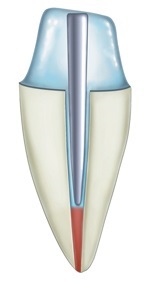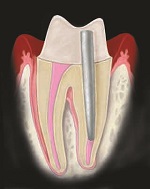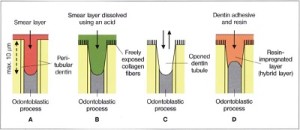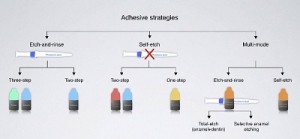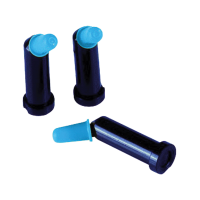Composite Resins and Root Canal Treatment
One of the most challenging clinical situations is the restoration of endodontically treated teeth.
To understand why this is so controversial we have to think of some of the facts associated with a tooth that need such procedure. A Root Canal Treatment is mostly required when a tooth has been badly weakened by severe decay or trauma. That means a significant loss of tooth structure from the very beginning. Following the Root Canal a further amount of dentin could be sacrificed to gain the straight line access that is the starting point of modern Endodontics (the technical aspect of RCT are not the subject of our writing but you can follow the link to learn more about Root Canal ).
Is Composite Resin an adequate material to restore these kind of teeth?
The answer is controversial to say the least. First of all we have to understand a basic difference between anterior and posterior teeth.
Anterior teeth
are subject to predominantly shear occlusal forces, which act on both the crown and the root. The goal of the restoration is to be retained in place but also, if possible, to increase the strength of the complex. To this purpose a huge variety of posts can be bonded inside the prepared root canal. Generally a simple composite bonded resin suffices if no crown has been planned. If a full crown is the chosen restorative solution the suggested approach is to finalize the preparation and then assess if the remaining tooth structure is adequate for a simple bonded composite resin or a post is indicated. In both cases composite resins are a valid alternative to the more expensive cast metal approach. The clinical steps do not require any particular skills.
- instead are the subject of predominantly vertical forces, therefore the use of intraradicular post is not indicated if not to improve retention of the restoration as a whole. The ability to bond to the dentin. together with some wisely placed undercuts in the pulp chamber is usually enough to keep the complex in place.However in the case of posterior teeth the literature is in general agreement that a full cusp coverage restoration is required, in order to prevent catastrophic fracture almost invariably at pulp chamber floor level. In the case of a direct restoration this is a tough challenge for a fair number of clinicians.

